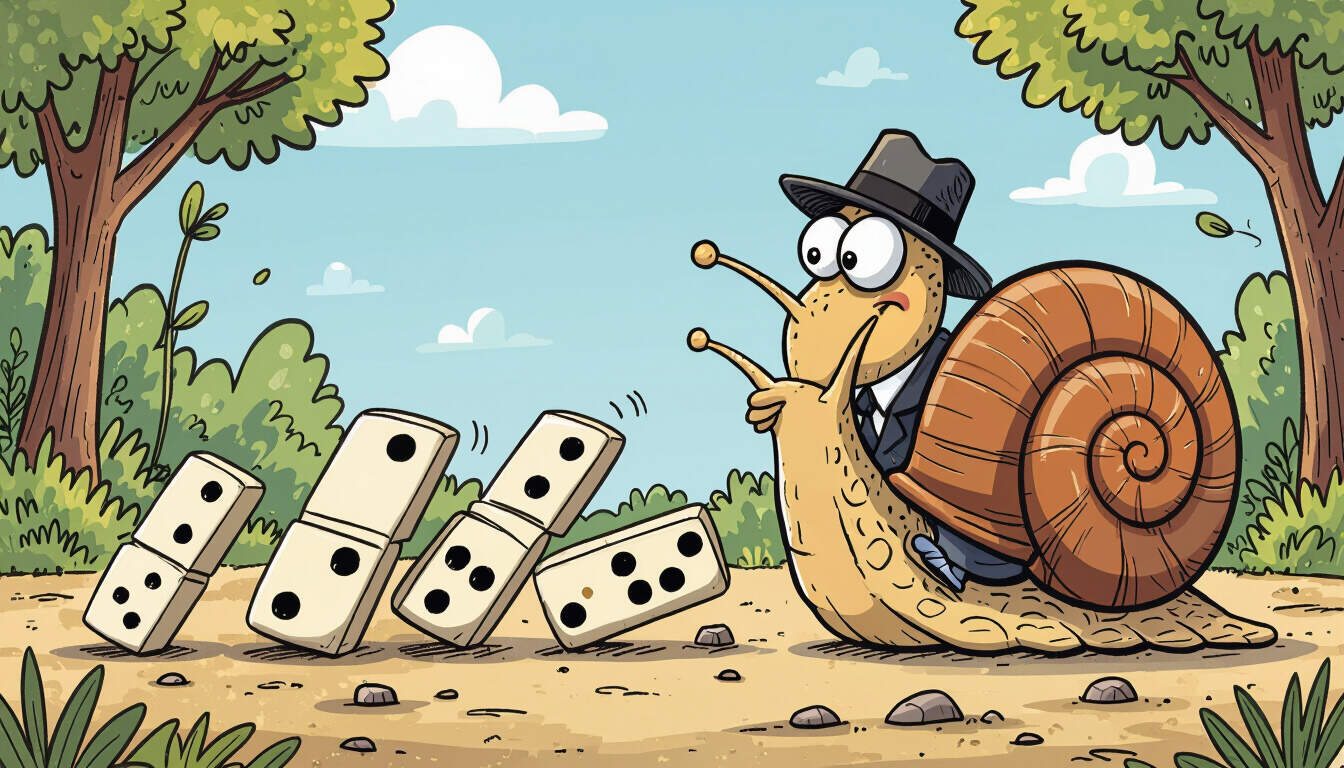The Power of Second-Order Thinking in Everyday Decisions
 by Thaddeus Blanda
by Thaddeus Blanda
Second-Order Thinking encourages looking beyond immediate outcomes to understand deeper consequences. This approach improves decision-making in business and personal life by anticipating ripple effects, leading to smarter choices and better results.

Second-Order Thinking is a key concept that goes beyond surface-level analysis. It focuses on the subsequent impacts of actions, helping individuals see patterns that might otherwise be overlooked.
Defining Second-Order Thinking
Second-Order Thinking means examining the indirect results that follow from an initial decision. For instance, choosing to invest in a new project might seem beneficial at first, but it could lead to unexpected resource strain later. This method pushes people to think ahead and consider chains of events.
In practice, Second-Order Thinking builds on basic cause-and-effect relationships. A simple choice, like skipping a meal for work, may save time immediately but could affect energy levels and health over time. By applying this, people can avoid pitfalls that arise from short-sighted views.
Applications in Business
Business environments often benefit from decisions informed by Second-Order Thinking. Leaders who adopt it can predict how market changes might influence their strategies. For example, launching a product quickly might boost short-term sales, yet it could harm brand reputation if quality issues emerge later.
This approach also aids in risk assessment. Companies that consider long-term consequences are better positioned to adapt. Take pricing strategies: a price cut to attract customers may increase volume initially, but it might erode profits if competitors follow suit. Through careful analysis, firms can maintain stability.
Insights from Psychology
Psychology offers valuable perspectives on Second-Order Thinking. It relates to cognitive processes where individuals process information in layers. Studies show that people who engage in this kind of reflection tend to develop stronger problem-solving skills.
For example, in social interactions, responding impulsively to conflict might resolve it temporarily, but it often leads to ongoing resentment. Psychology highlights how anticipating emotional responses can foster healthier relationships. This mental model encourages self-awareness and helps in managing stress more effectively.
Real-World Examples
Consider historical events: decisions made by policymakers can illustrate Second-Order Thinking. A policy to reduce taxes might stimulate the economy at first, but it could result in budget deficits down the line. By reviewing such cases, we see how overlooking secondary effects can lead to larger issues.
In daily life, parents might use this approach when disciplining children. Immediate punishment for misbehavior could stop it right away, yet ignoring the underlying causes might perpetuate the problem. This shows the value of looking deeper into human behavior.
How to Develop Second-Order Thinking
To incorporate Second-Order Thinking into routines, start with small steps. Begin by questioning the potential outcomes of everyday choices. For instance, before making a purchase, think about how it might affect your finances in the coming months.
Practice through journaling can help. Write down initial decisions and predict their ripple effects. Over time, this builds the habit of considering broader implications. In professional settings, teams can hold discussions to explore various scenarios, ensuring that strategies account for future developments.
Benefits and Potential Challenges
Adopting Second-Order Thinking offers clear advantages. It enhances decision-making by promoting foresight, which can lead to more sustainable success. Individuals and organizations often find that it reduces errors and improves outcomes in uncertain situations.
However, there are challenges. It requires time and effort, which might not always be feasible. Sometimes, overthinking secondary effects can cause hesitation or paralysis. Balancing this with practical action is essential for effective use.
Encouraging Lifelong Practice
In conclusion, Second-Order Thinking serves as a vital tool for personal and professional growth. By focusing on deeper layers of impact, individuals can make choices that align with long-term goals. Whether in business negotiations or daily interactions, this practice fosters resilience and clarity.
To integrate it fully, remain curious and reflective. Over time, it becomes a natural part of how you approach challenges, leading to more thoughtful and effective results.
